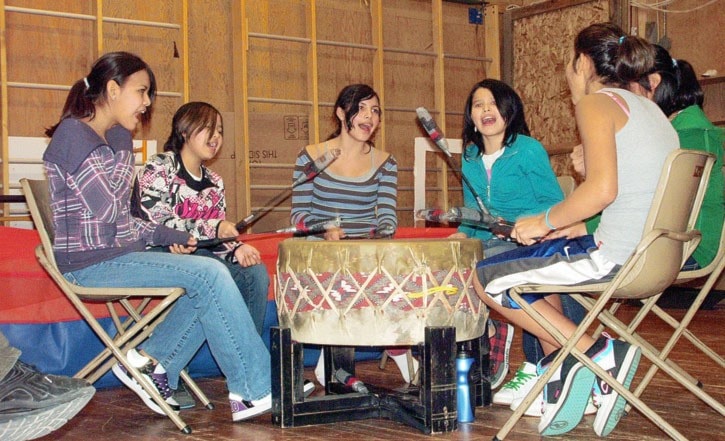The Marie Sharpe elementary capped off a five-week segment of the school’s experiential learning initiative just before spring break with a concert and classroom tours to view art work and other projects.
Principal Elaine Elliott says experiential learning is based on research that shows children learn better when they are engaged in hands-on activities.
“The goal of experiential learning is to provide opportunities for students to be fully engaged in hands-on learning experiences,” Elliott says.
She says students are learning so much outside the classroom today that it is important to teach them how to manage the information they are receiving and provide opportunities to expand on their own strengths and passions, rather than just feeding them information.
“You know that a project is worthwhile when the student wants to take it home,” Elliott says as one student anxiously asks when she could take her project home.
One afternoon a week for each of the five-week segments, Marie Sharpe students have been divided into small groups of approximately 15 students to work with a teacher, principal, or the school counsellor on a hands-on learning project.
Some projects also involved field trips and bringing in community members. Some visitors included three students in the human service worker program at Thompson Rivers University and Mary Forbes from Scout Island.
Each project included a science, language, math, and physical skill building component, stresses Elliott.
Primary student’s worked on Tuesday afternoons and intermediate students worked on Thursday afternoons. Working groups were also formed by mixing students from different classes, as well as English and French Immersion, so students would get to know and cooperate on projects with other students in the school they may not otherwise meet.
Primary students participated in a wide variety of activities. They made cookies and breads from around the world and explored flags for each cookie’s country of origin and looked up where that country is on the map.
In the Snuggle up and Read Book Club they took trips to the city library, a book store and Tribune newspaper. They had opportunities to be read to and to read themselves. Community members came in to read to students, tell stories and do puppet plays. They also produced a video with each student talking about their favourite book.
In other groups students sang, creating their own rhythms and beats to songs, made paper-mache dinosaurs and participated in dinosaur digs.
In other classes the students also practiced and performed a short play; learned choreography and performed dance routines; created self-portraits; painted and framed art; made dream catchers and learned their history; learned about recycling.
Intermediate students did many of the things primary students did, and also did other things such as visit different sports and activity centres in the city to learn what activities they liked best. They created a report card on the different activities and built clay models of their favourite places.
Among other things Elliott says students tried bowling and curling and mountain biking from Fox Mountain.
In theatre sports the intermediate students learned to think on their feet, acting out unscripted scenes from movies or books.
They learned about the role of worms in composting and learned to create their own web page. One group researched the history of rock and roll and created posters of some of the famous rock and roll stars.
The intermediate students also created self-portraits, dream catchers and performed a short play.
Out of one project, Elliott says a group of girls has formed their own traditional First Nations drum group.
